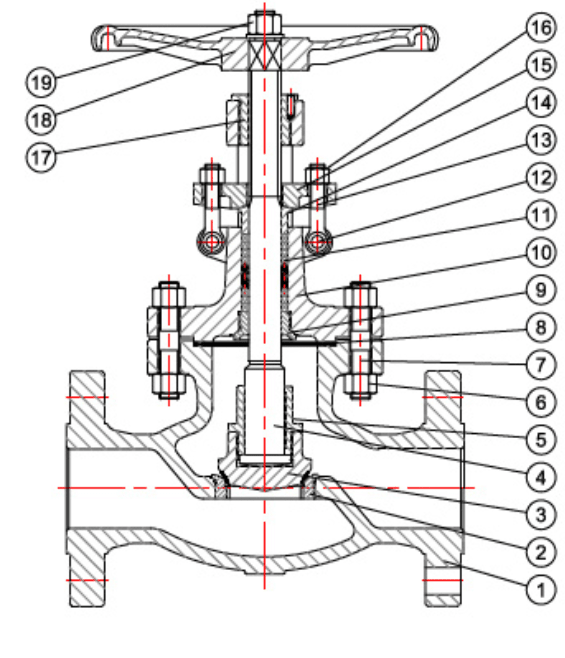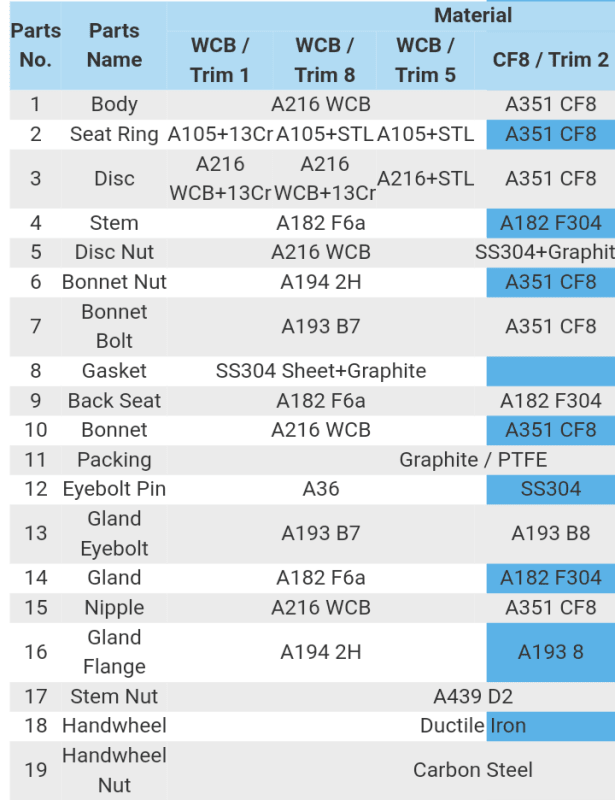Daren Samy
Mechanical


What is use of Disc Nut(part#5) here ?
Is not better to weld stem directly to disc instead of introducing Disc Nut in-between?
Daren!
Follow along with the video below to see how to install our site as a web app on your home screen.
Note: This feature may not be available in some browsers.


